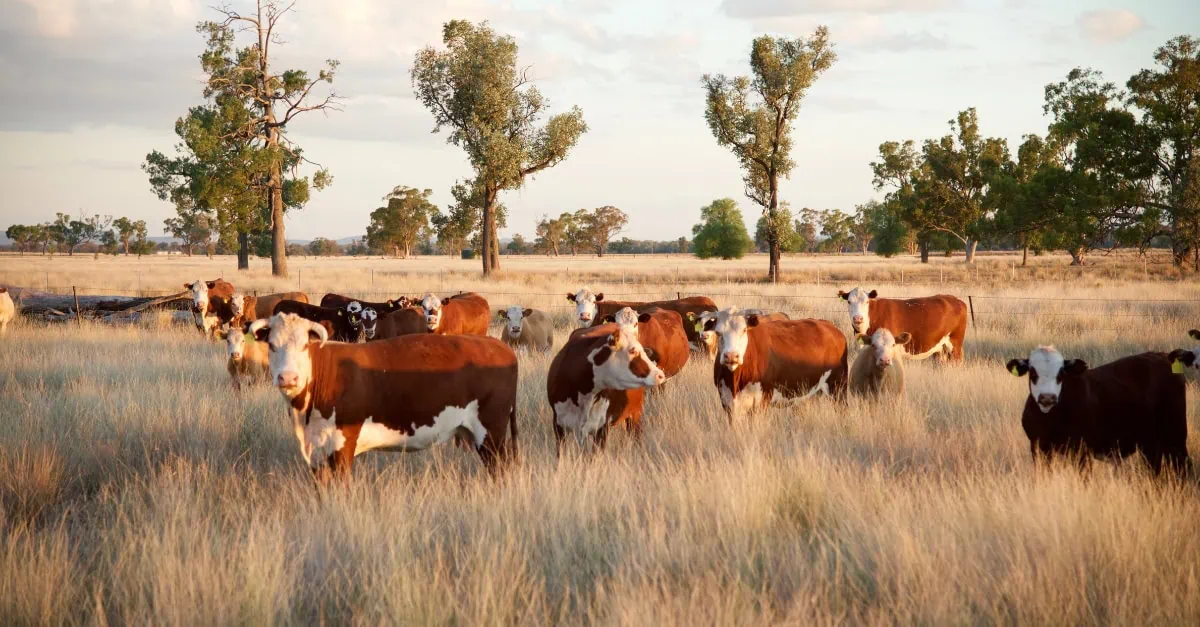July 28, 2025 – Market Analysis
Despite early signals of recovery, the U.S. beef industry is facing a prolonged supply squeeze and new USDA data confirms that meaningful growth in fed beef production is unlikely before 2027.
For over a year, market watchers have speculated whether the U.S. cattle sector had turned a corner. Drought-driven herd liquidation in recent years led to record-high prices and tighter beef supplies. Many expected 2024 to mark the start of a turnaround — as financial incentives and improved pasture conditions encouraged ranchers to retain more heifers and rebuild their herds.
But optimism has run into reality. Last week’s USDA Cattle and Cattle on Feed reports delivered a clear message: the rebuilding process hasn’t started in a meaningful way, and the consequences will ripple through the supply chain for years.
Key drivers behind the delay
Calf numbers continue to fall
According to LEAP Market Analytics, the projected number of calves for 2025 is down by 1.4% from the previous year. That signals that productivity levels have slipped back to more typical levels, following an unusually high calving rate the year before. While herd numbers have been falling, many expected rising per-cow productivity to partially offset those losses. That assumption no longer holds. The anticipated gains in breeding efficiency appear to have been temporary.
Heifer retention signals intent, but not scale
Fewer heifers are being placed on feed compared to last year, both in absolute numbers and as a share of total feedlot inventories. This suggests that more female cattle are being held back for breeding purposes — an early signal of future expansion. However, LEAP notes that the scale of this retention is still modest and lags significantly behind the level seen during the last major herd rebuild a decade ago.
Feeder cattle supply constrained by border closure
Another major drag on the supply chain has been the continued closure of the U.S.–Mexico border to live cattle imports. As part of efforts to contain New World Screwworm, cross-border feeder shipments have been suspended, cutting off a key source of feedlot-ready animals. This disruption has sharply reduced placements into U.S. feedyards, contributing to lower near-term supply.
Packer margins suppress marketings
Packer behavior is also limiting current throughput. With operating margins under pressure, many facilities are holding back slaughter-ready cattle in an effort to protect margins. LEAP estimates that between 100,000 and 200,000 head that could have been marketed in the second quarter remained on feed. This artificially low level of marketings is expected to boost volumes slightly in 2026, but not enough to signal a true turnaround.
Implications for beef procurement
Procurement teams should plan for continued tightness in U.S. beef supply through 2026, with little near-term relief on the horizon. Current fundamentals point to structurally limited production capacity, and the lead time required for herd rebuilding means that supply increases will be gradual — if they begin at all in the coming year.
- Monitor upstream indicators such as heifer retention and feeder cattle availability to anticipate further volatility.
- Expect price pressure to persist, particularly in premium cuts and lean trimmings.
- Review sourcing strategies for resilience, including long-term agreements, supplier diversification, and alternative product specifications.
For more elaborate market analyses and price forecasts for the beef market, visit: https://app.vespertool.com/create-account
